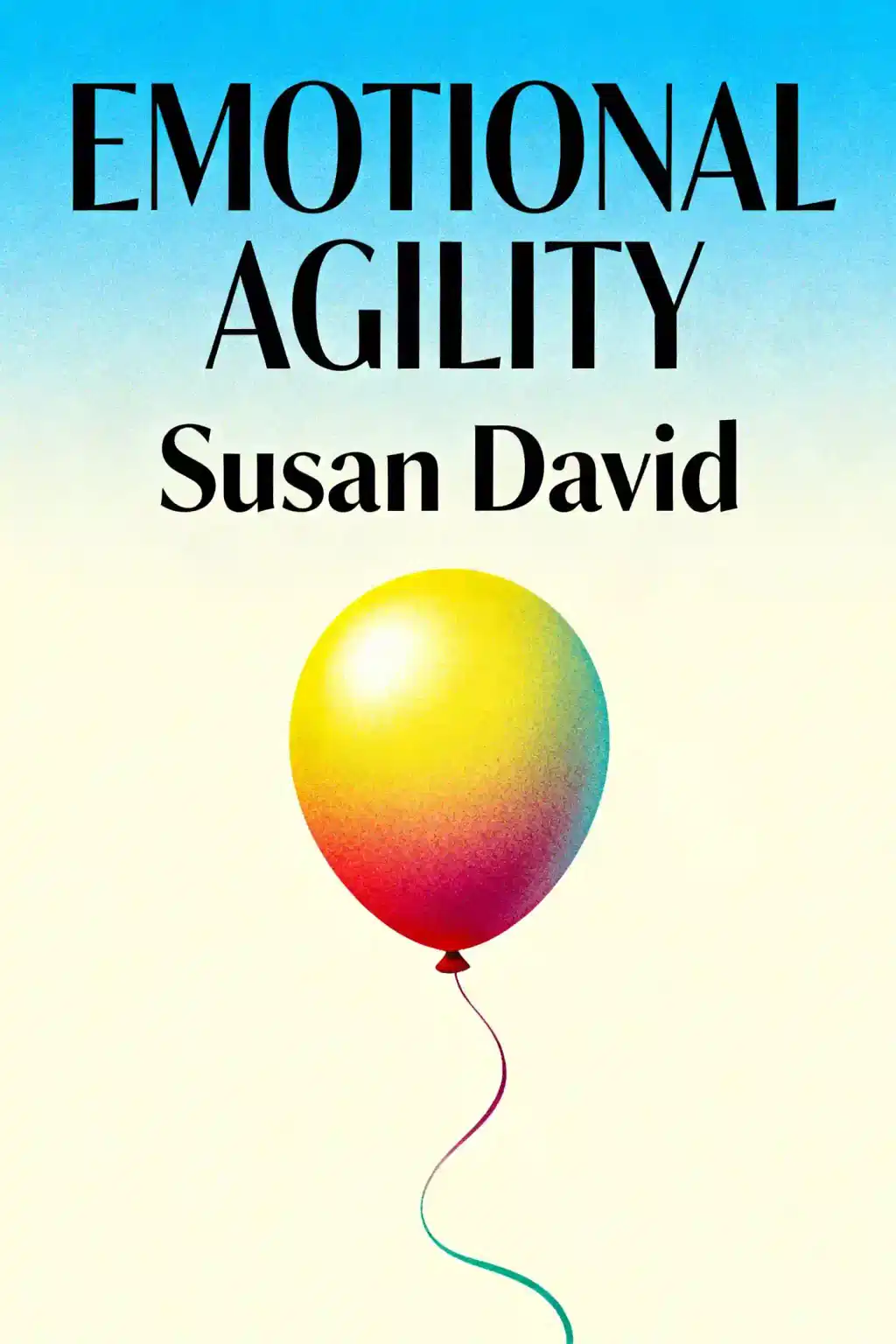What is
Switch Craft by Elaine Fox about?
Switch Craft explores how to cultivate mental agility and emotional resilience to navigate life’s challenges. Psychologist Elaine Fox introduces “switchcraft”—a skill set blending adaptability, positive thinking, and intuitive decision-making—to help individuals thrive in uncertainty. The book combines neuroscience-backed strategies with practical exercises, emphasizing flexibility in mindset and action.
Who should read
Switch Craft?
This book suits anyone facing transitions, such as career changes, relationship issues, or personal growth challenges. It’s ideal for readers seeking science-based tools to manage stress, overcome rigid thinking, and improve decision-making. Professionals, parents, and those interested in psychology or self-improvement will find actionable insights.
Is
Switch Craft worth reading?
Yes, particularly for its research-driven approach to mental flexibility. Fox draws on 25+ years of coaching elite athletes and leaders, offering relatable anecdotes and step-by-step strategies. Unlike generic self-help guides, it provides actionable frameworks like the “four pillars of switchcraft” to tackle real-world problems.
What are the four pillars of switchcraft?
The pillars are:
- Mental agility: Shifting strategies based on context.
- Emotional resilience: Bouncing back from setbacks.
- Positive reappraisal: Reframing challenges as opportunities.
- Intuitive insight: Trusting gut feelings informed by experience.
These skills help readers adapt to situations like workplace conflicts or personal crises.
How does
Switch Craft help with career changes?
Fox advises using mental agility to pivot strategies—for example, viewing job loss as a chance to explore new paths. Exercises like identifying strengths and reframing fear reduce resistance to change. Anecdotes, such as coaching a CEO through a company overhaul, illustrate applying these principles.
What is a key quote from
Switch Craft?
“The quicker you let go of old certainties, the sooner you’ll thrive in uncertainty.” This emphasizes ditching rigid plans to embrace adaptable problem-solving. Fox ties it to neuroscience, showing how rewiring the brain fosters resilience.
How does
Switch Craft differ from
Atomic Habits?
While Atomic Habits focuses on incremental behavior change, Switch Craft prioritizes cognitive flexibility. Fox argues that habits alone can’t address unpredictable challenges, advocating for dynamic thinking over fixed routines. Both books complement each other but target different aspects of personal growth.
What is “intuitive insight” in
Switch Craft?
It’s the ability to act on instinct honed by experience. Fox shares a personal story where she sensed danger from a seemingly charming stranger—later revealed as a criminal. The book teaches readers to distinguish fear-driven biases from genuine intuition.
Are there critiques of
Switch Craft?
Some may find its concepts broad, like “be flexible,” lacking niche applications. However, Fox counters this with specific exercises, such as journaling emotional triggers or role-playing alternate decisions. Critics of the self-help genre might seek more novel ideas, but the science-backed approach adds credibility.
How does Elaine Fox’s background influence
Switch Craft?
As a cognitive psychologist and Oxford professor, Fox integrates clinical studies with real-world coaching. Her work with athletes and CEOs informs relatable examples, such as managing performance anxiety or leading teams through crises. This blend of academia and practicality strengthens the book’s authority.
Can
Switch Craft help with parenting challenges?
Yes. Fox discusses applying switchcraft to parenting hyperactive children—for example, switching from strict routines to flexible problem-solving during meltdowns. Techniques like “positive reappraisal” help reframe stress, fostering calmer responses.
What is the science behind
Switch Craft?
Fox cites neuroplasticity research, showing how practicing mental agility strengthens brain pathways. Studies on emotional resilience demonstrate how reframing negative thoughts reduces amygdala activation. The book also references mindfulness-based cognitive therapy, linking switchcraft to proven psychological methods.














